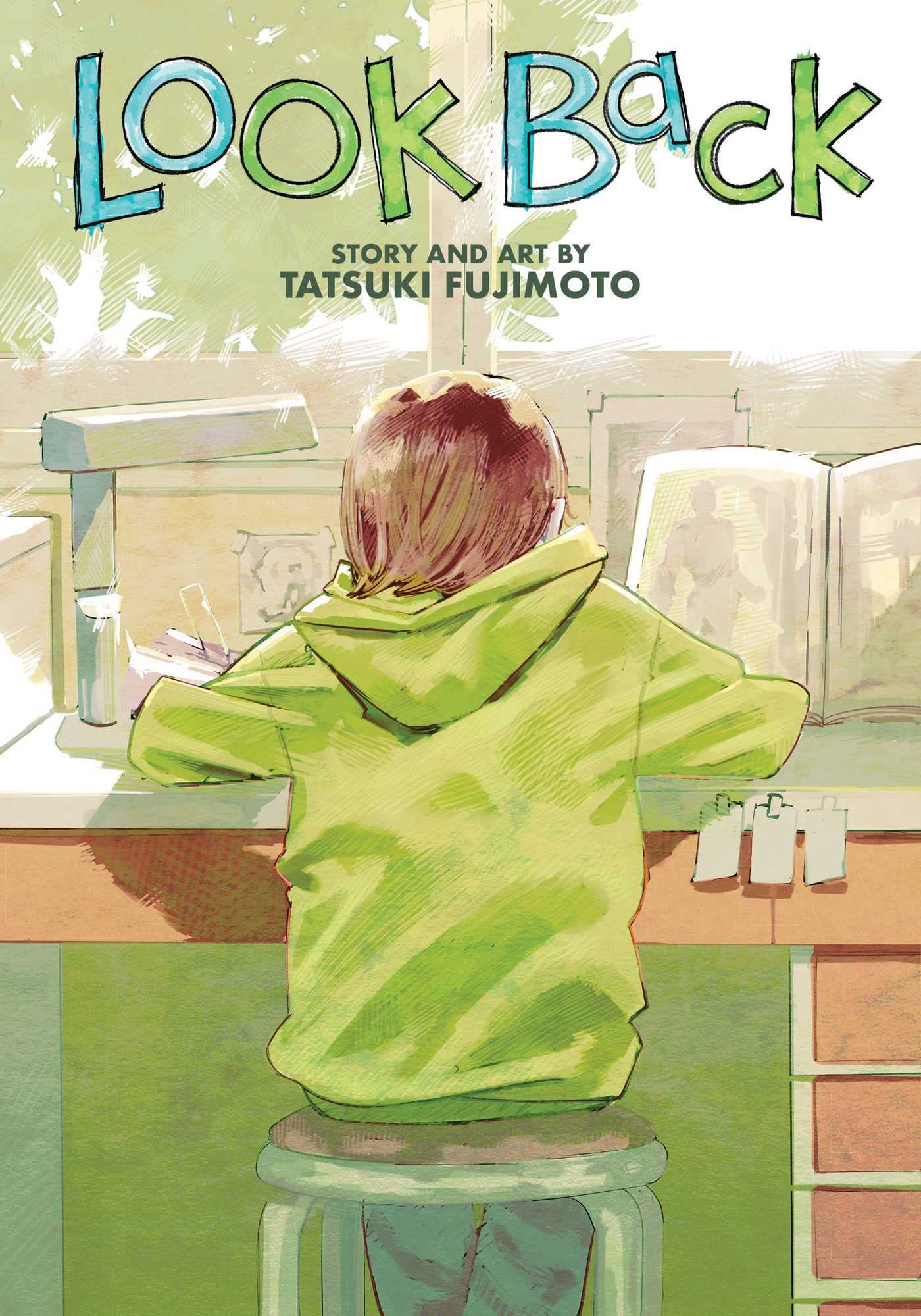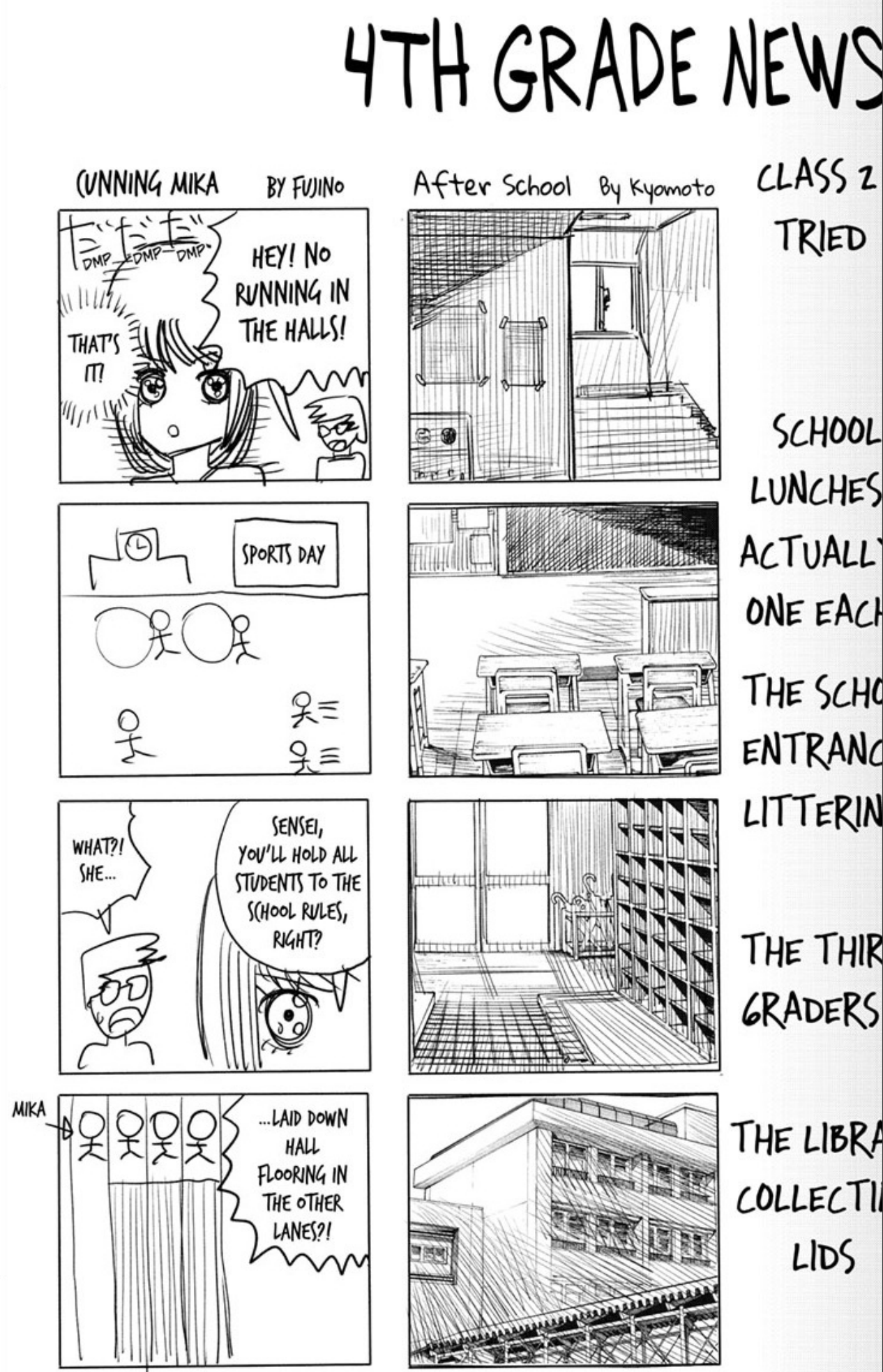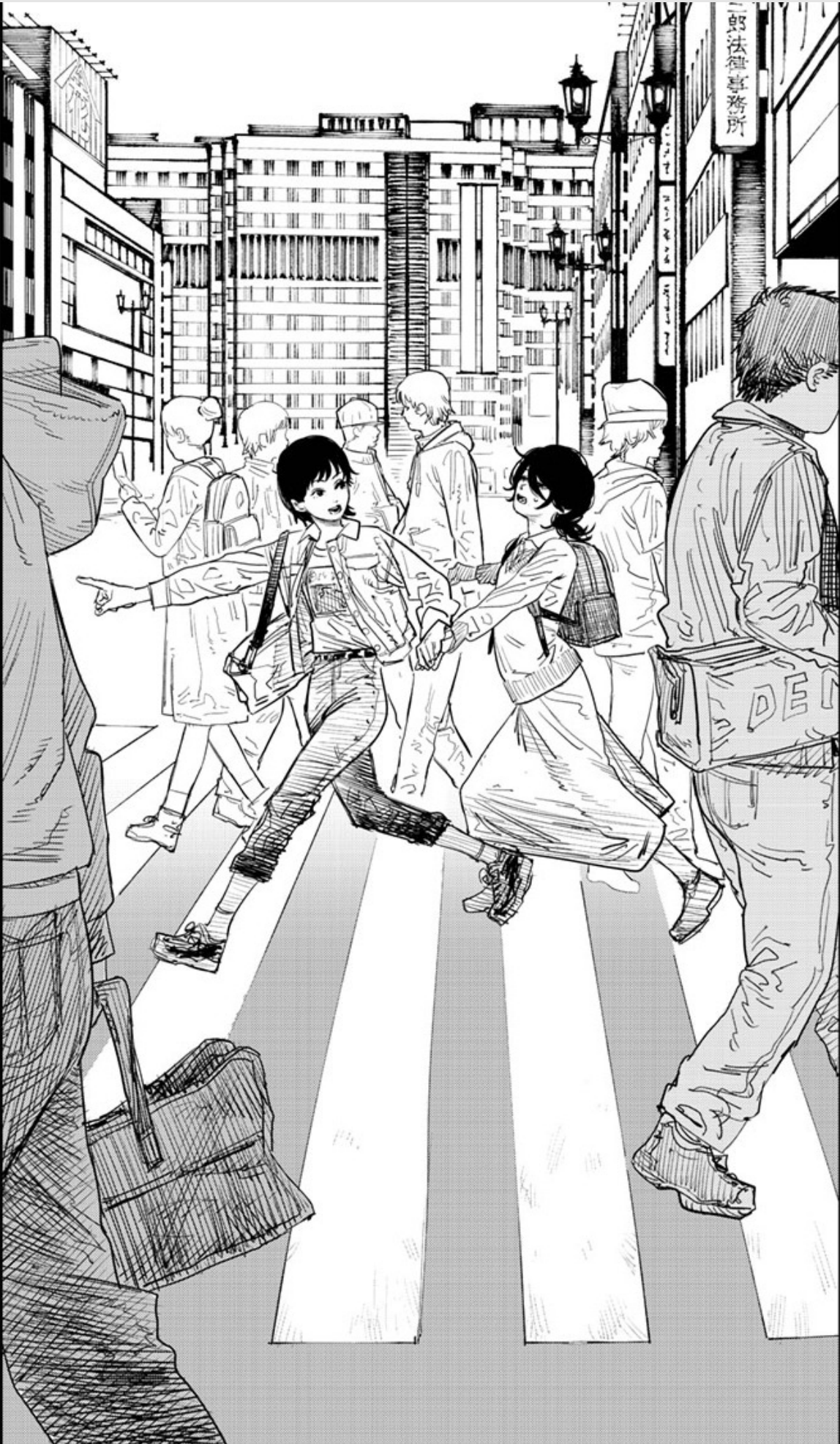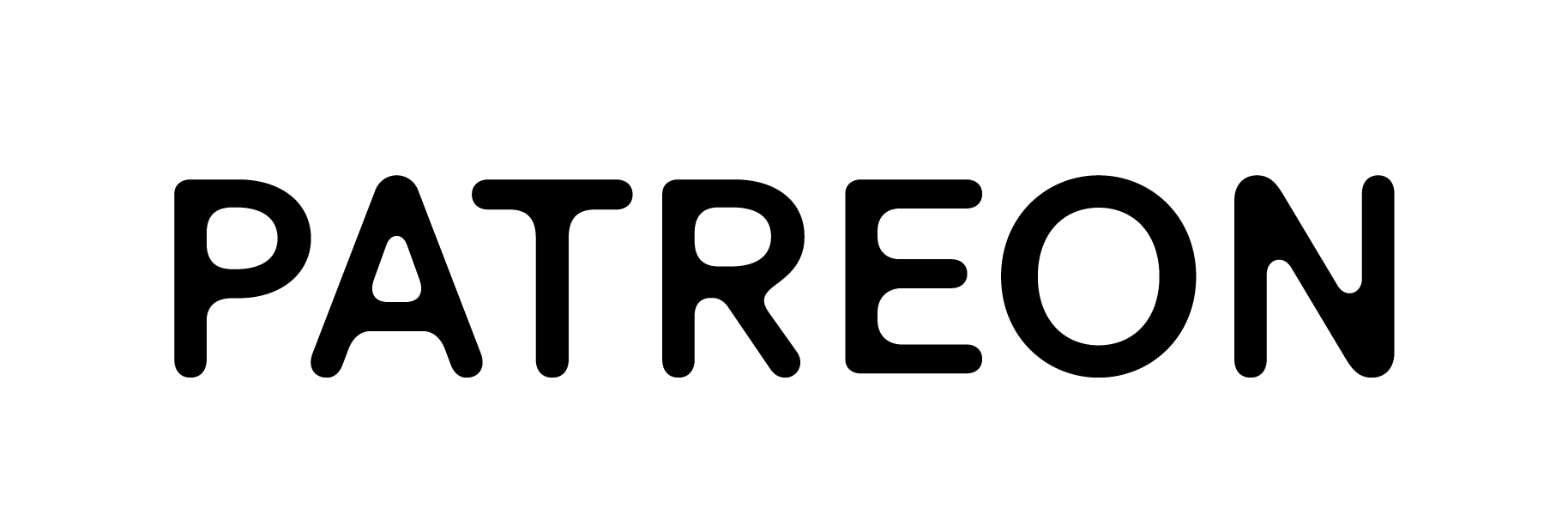Manga Review: Look Back

Tatsuki Fujimoto is well known for his phenomenally popular ongoing manga series Chainsaw Man, but he's also published a handful of one-shots. One such one-shot is Look Back, which recently received an anime film adaptation. As of yet, I have not watched the film. Since it was based on this one-shot manga, I wanted to read the source material first before catching the movie, which I'm sure I'll write about at a later date now. Taking a chance on Look Back turned out to be a very rewarding experience.
In 4th grade, Ayumu Fujino is a promising young manga artist, turning in weekly four-panel comic assignments that delight the rest of her class. They're fun and amusing, despite the fact that she's only casually interested in drawing manga. But one day when she's asked to bring the class's homework assignment to her truant classmate Kyomoto's house, she catches a glimpse of the kind of manga Kyomoto's been drawing. It's phenomenal. She's only ten years old but she's drawing backgrounds, towns, and cityscapes like a professional. Jealousy sets in, and Fujino spends the next two years studying art and manga to the best of her abilities, to the detriment of her grades and her social life. In that time, her art does in fact improve. However, Kyomoto's art homework that she continues to turn in from home are still far above and beyond anything Fujino is capable of. After two years of hard work and practice, she's now determined that she will give up her ambitions of surpassing her missing classmate's work.

That is, until she's instructed to bring Kyomoto's 6th grade graduation certificate over to her house. That day, everything changes, and after quickly sketching a gag comic and sliding it under Kyomoto's door, that's when the missing student finally leaves her room, chasing Fujino outside. The truth is, despite Fujino's feelings of defeat, Kyomoto had always read Fujino's manga at home and loved every single submission. Kyomoto had never felt any sort of competition, and in fact had greatly admired Fujino's fun and entertaining stories, and was just thrilled to see her at her house. She even requests that Fujino autograph the back of the very shirt she's wearing.
This interaction spawns a long friendship between the two classmates, who have now bonded over manga, despite their styles of artwork being drastically different from one another. And in the end, they begin working together to make multiple fun manga stories together throughout middle and high school, working to submit to official manga contests and to go pro for real once they graduate.

But after all their years together, the two hit a bump in the road as Fujino tells Kyomoto that she wants to pause working on manga so that she can go to art school to get even better at her art. What follows is a series of gut-wrenching moments that were completely unexpected, and I would be doing a great disservice by further explaining the plot without you having read it for yourself. There are tremendous emotional moments showing what happens to these two friends, as well as what could have been if different choices had been made along the way.
The pencil work, much like in Chainsaw Man, is very distinct and almost realistic in a lot of ways. To anyone who regularly reads the former, it's probably a very different kind of a read. It's a heartwarming story of a wonderful friendship between two young girls growing into adults, followed by immense drama and heartbreak. Seeing Tatsuki Fujimoto give definitive distinctions between the art styles of the two girls is also fascinating. He deliberately draws just a little bit worse for Fujino than he does for Kyomoto, illustrating a vast difference in their skills.
The story actually reminded me quite a bit of Aoi Honoo (Blue Blazes), wherein the main character of that series appears to have everything going for him as both a manga artist and an animator, only to be completely shown up by another college classmate (who just happens to be the incredible Hideaki Anno of Neon Genesis Evangelion fame). However, whereas the main character in that series never relinquishes his one-sided competition with a classmate who is simply running his own race, Fujino learns fairly early on in the grand scheme of things that she doesn't have to think of her classmate as competition, choosing instead to work alongside her to create something much better together. It's a beautiful relationship that has been depicted in this manga.
I'm certainly motivated to watch the anime film adaptation now that I have read Look Back, and to anyone who has only watched the film, I would encourage you to read the source material as well. I've been very glad and fortunate to have challenged myself to read more one-shots that in the past I would have otherwise overlooked. You need a story like this one every once in a while to make yourself feel a broad range of emotions, reminding you that the experiences we share with other people are deeply important. It's the longest one-shot I've red thus far, sitting at a hefty 142 pages, but it's definitely worth just a little bit of extra time out of your day to consume. Look Back is currently available on the Shonen Jump app and on Viz's web site.

Thank you to all of my Patreon subscribers for making writing about my thoughts and experiences possible. Blogs like this are able to happen more often with your kind support. If you are interested in becoming a member and seeing the perks available, please consider subscribing to my Patreon.
Special thanks to the following Phobos and Mars tier members: Scott Sandler, BetaRayILL, Andre, Mannekwin, and MB.

